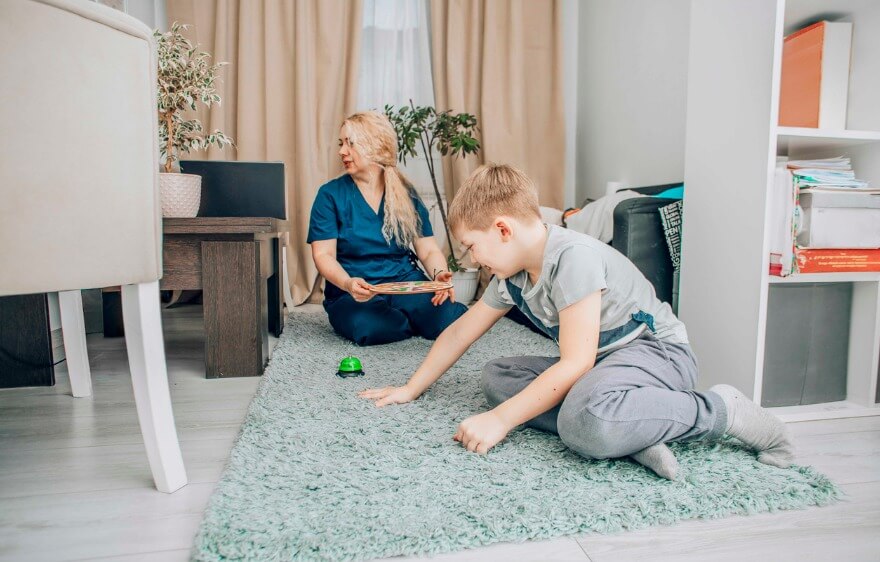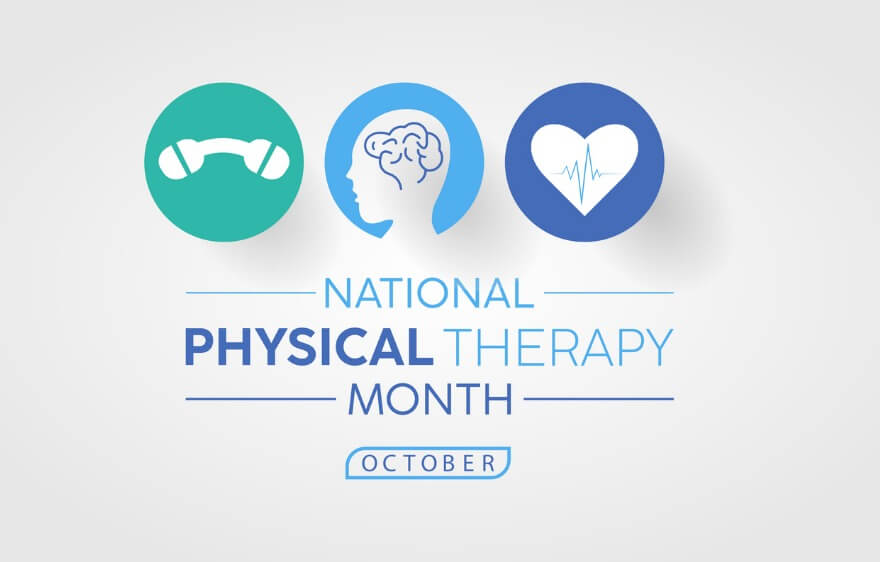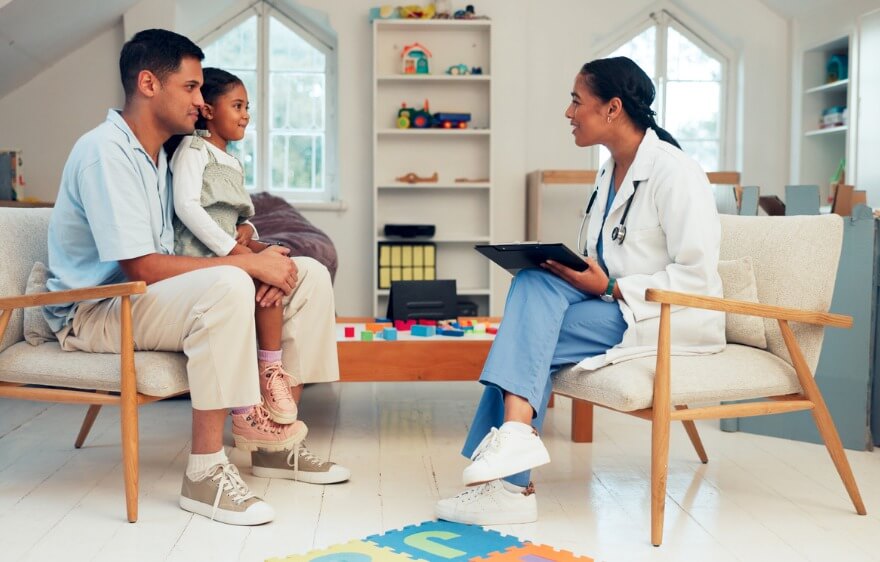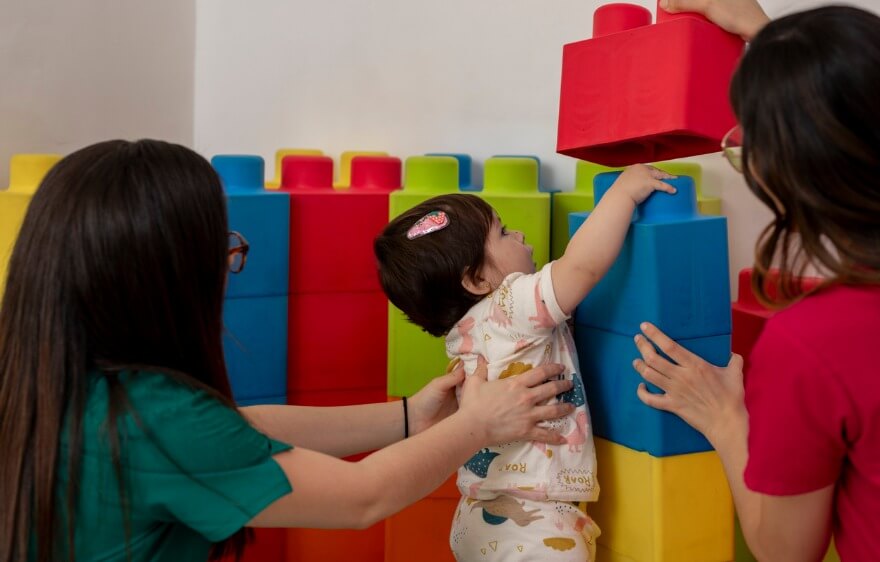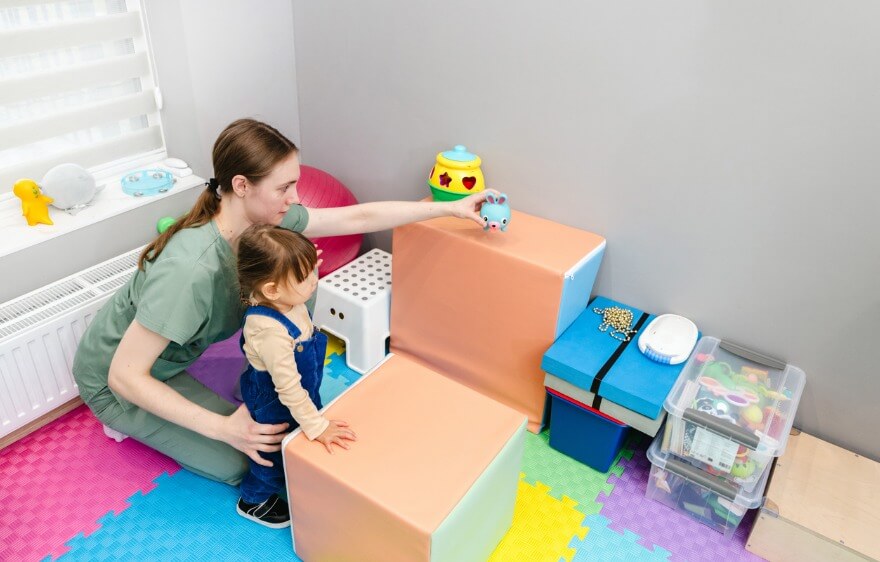Are you ready to crush some physical therapy goals? Physical therapy (PT) is essential for anyone recovering from injuries, managing chronic conditions, or looking to improve overall physical function. Setting clear, achievable physical therapy goals is crucial in guiding the therapy process and measuring progress. Here are 10 examples of physical therapy goals, along with sample scenarios and tips to help clients and therapists create effective treatment plans. Let’s go!
10 Examples of Physical Therapy Goals
You can’t hit your goals if they aren’t clear and achievable! Making sure your goals are measurable and realistic is crucial in guiding the therapy process and making progress. Here are 10 examples of physical therapy goals, along with detailed explanations and recommended activities.
1. Improve Range of Motion
Sample Goals:
- Increase shoulder flexion range of motion to 180 degrees.
- Achieve 90 degrees of hip flexion.
- Improve knee extension to 0 degrees.
- Enhance ankle dorsiflexion to 20 degrees.
- Restore full wrist extension to 70 degrees.
Enhancing the range of motion is vital for restoring normal movement patterns and functional abilities. Limited range of motion can impede daily activities, such as reaching for objects or dressing. Improving flexibility in specific joints can significantly enhance a child’s ability to perform everyday tasks independently and reduce the risk of further injury due to compensatory movements.
Recommendations:
- Utilize gentle stretching exercises.
- Engage in passive range-of-motion techniques.
- Incorporate active-assisted range-of-motion exercises.
- Apply heat therapy before stretching to improve flexibility.
2. Enhance Muscle Strength
Sample Goals:
- Improve quadriceps strength to 5/5 on manual muscle testing.
- Increase upper arm strength to lift a 5-pound weight.
- Enhance core strength to hold a plank position for 30 seconds.
- Boost calf muscle strength to perform 10 single-leg heel raises.
- Strengthen back muscles to maintain a seated posture for 10 minutes.
Strong muscles are essential for supporting joints, maintaining balance, and performing daily activities. Weak muscles can lead to difficulty in walking, climbing stairs, and maintaining stability. Strengthening these muscles is crucial for children with conditions like muscular dystrophy or hypotonia, helping them achieve better mobility and independence.
Recommendations:
- Incorporate resistance training and progressive overload principles.
- Use functional exercises like squats and step-ups.
- Include isometric exercises for early strengthening.
3. Reduce Pain
Sample Goals:
- Decrease lower back pain from a 7/10 to a 3/10 on the pain scale.
- Reduce knee pain during walking from 5/10 to 1/10.
- Alleviate shoulder pain during overhead activities from 6/10 to 2/10.
- Minimize neck pain while sitting from 4/10 to 0/10.
- Lessen foot pain after standing for long periods from 8/10 to 3/10.
Reducing pain is crucial for improving quality of life and enabling participation in daily activities and therapy sessions. Chronic pain can lead to decreased mobility and function. Addressing pain can help children engage more fully in their activities and therapy, fostering better outcomes and a more active lifestyle.
Recommendations:
- Use modalities like heat, cold therapy, and manual therapy techniques.
- Incorporate gentle stretching and strengthening exercises.
- Educate on posture and body mechanics.
4. Improve Balance
Sample Goals:
- Stand on one leg for 30 seconds without support.
- Walk on a balance beam without stepping off for 10 feet.
- Perform tandem walking (heel-to-toe) for 15 feet.
- Balance on an unstable surface for 1 minute.
- Transition from sitting to standing without losing balance.
Balance is essential for preventing falls and enabling safe movement. Poor balance can increase the risk of injuries and limit independence. Improving balance can significantly enhance a child’s confidence and ability to participate in physical activities, reducing the risk of falls and promoting safer mobility.
Recommendations:
- Practice balance exercises on stable and unstable surfaces.
- Use balance training tools like balance boards and foam pads.
- Incorporate dynamic balance activities, such as reaching and stepping tasks.
5. Increase Endurance
Sample Goals:
- Walk continuously for 30 minutes without rest.
- Participate in a 20-minute group exercise class without fatigue.
- Climb a flight of stairs without needing to stop and rest.
- Engage in 15 minutes of continuous cycling at a moderate intensity.
- Play an entire 20-minute soccer game without feeling excessively tired.
Increasing endurance is important for enhancing overall cardiovascular health and enabling sustained physical activity. Low endurance can lead to fatigue and decreased participation in activities. Building endurance helps children engage more fully in play, sports, and daily activities, supporting overall health and well-being.
Recommendations:
- Gradually increase walking duration and incorporate interval training.
- Monitor vital signs and ensure safe progression.
- Encourage aerobic activities like cycling and swimming.
6. Enhance Functional Mobility
Sample Goals:
- Independently transfer from bed to wheelchair.
- Walk 100 meters using a walker without assistance.
- Climb 5 steps with handrail support.
- Move from sitting on the floor to standing without assistance.
- Perform sit-to-stand transfers from a chair independently.
Functional mobility is critical for independence and performing daily tasks. Limited mobility can result in reliance on caregivers and reduced participation in life activities. Enhancing mobility allows children to engage more freely in their environments, fostering independence and improving their quality of life.
Recommendations:
- Focus on strength training and functional transfer techniques.
- Use assistive devices to aid in transfers.
- Practice transfer techniques in different environments.
7. Improve Coordination
Sample Goals:
- Perform alternating finger-to-nose test with accuracy.
- Catch and throw a ball with both hands 10 times consecutively.
- Button a shirt independently within 2 minutes.
- Complete a 10-piece puzzle within 5 minutes.
- Perform a coordinated skipping pattern for 50 feet.
Coordination is necessary for performing complex movements and daily tasks efficiently. Poor coordination can affect motor skills and increase the risk of accidents. Improving coordination helps children develop the motor skills needed for school, play, and daily living activities.
Recommendations:
- Use coordination drills and repetitive practice.
- Incorporate dual-task activities to challenge coordination.
- Utilize tools like therapy balls and balance boards.
8. Increase Flexibility
Sample Goals:
- Achieve hamstring flexibility to allow 90-degree hip flexion.
- Improve calf muscle flexibility to perform a proper heel stretch.
- Enhance shoulder flexibility to touch hands behind the back.
- Increase trunk flexibility to touch toes while seated.
- Improve wrist flexibility to achieve 70 degrees of extension.
Increasing flexibility is important for preventing injuries, reducing pain, and enhancing overall movement. Flexible muscles and joints enable smoother and more efficient movement patterns. Flexibility can significantly impact a child’s ability to participate in activities and perform daily tasks comfortably.
Recommendations:
- Incorporate static and dynamic stretching routines.
- Use proprioceptive neuromuscular facilitation (PNF) stretching.
- Combine stretching with strengthening exercises.
9. Enhance Gait
Sample Goals:
- Walk with a normalized gait pattern for 100 feet.
- Improve step length symmetry while walking.
- Increase walking speed to 4 feet per second.
- Walk up and down a 10-foot ramp with a steady gait.
- Perform backward walking for 10 feet without stumbling.
Enhancing gait is crucial for efficient and safe walking. Abnormal gait patterns can lead to increased energy expenditure, discomfort, and a higher risk of falls. Improving gait can help children move more efficiently and safely, promoting greater independence in their daily lives.
Recommendations:
- Use gait training techniques, assistive devices, and orthotics.
- Incorporate treadmill training with body-weight support.
- Practice overground walking in various environments.
10. Decrease Swelling
Sample Goals:
- Reduce knee swelling to normal levels.
- Decrease ankle swelling to allow comfortable shoe wear.
- Minimize hand swelling to enable full finger flexion.
- Reduce facial swelling to enhance comfort and appearance.
- Alleviate foot swelling to improve walking ability.
Decreasing swelling is important for reducing pain, improving joint function, and enhancing mobility. Swelling can impede movement and cause discomfort. Managing swelling can help children recover more quickly and return to their normal activities.
Recommendations:
- Employ compression, elevation, and manual lymphatic drainage.
- Use cryotherapy to reduce inflammation.
- Encourage gentle range-of-motion exercises to promote circulation.
Setting SMART Physical Therapy Goals
Be Specific: Clearly define what you want to achieve. For example, “Increase shoulder flexion to 180 degrees” is more specific than “Improve shoulder movement.”
Make Goals Measurable: Ensure progress can be tracked with quantifiable measures, such as pain levels, range of motion, or strength grades.
Set Achievable Goals: Goals should be realistic based on the child’s current condition and potential for progress.
Be Relevant: Align goals with the child’s personal needs and daily activities.
Time-Bound: Establish a timeline for achieving each goal to maintain motivation and track progress.
Our Therapists Make Physical Therapy Goals SMART
At Care Options for Kids, we equip our physical therapists with the tools and support they need to develop personalized, goal-oriented care plans for each child. We support our therapists in setting realistic and meaningful milestones, ensuring that every young client makes steady progress. This keeps our therapists engaged and their kiddos moving forward! We believe that by setting clear goals, we can help each child reach their full potential, one step at a time. Keep working towards those goals, and celebrate every achievement along the way! Sound good?
Join the Care Options For Kids Team!
Are you ready for meaningful work that comes with benefits and not burnout? Join the compassionate care team that helps children and families live their best lives. Our clinicians provide best-in-class pediatric nursing, therapy, and school-based services. We bring individualized care to children where they live, work, and play. We have opportunities in homes, schools, and clinics across the country.
Apply at Care Options for Kids now. We make it easy to start so you can make a difference as soon as possible.
This post is for educational and informational purposes only. You should always speak with your own therapist before implementing this information on your own.

